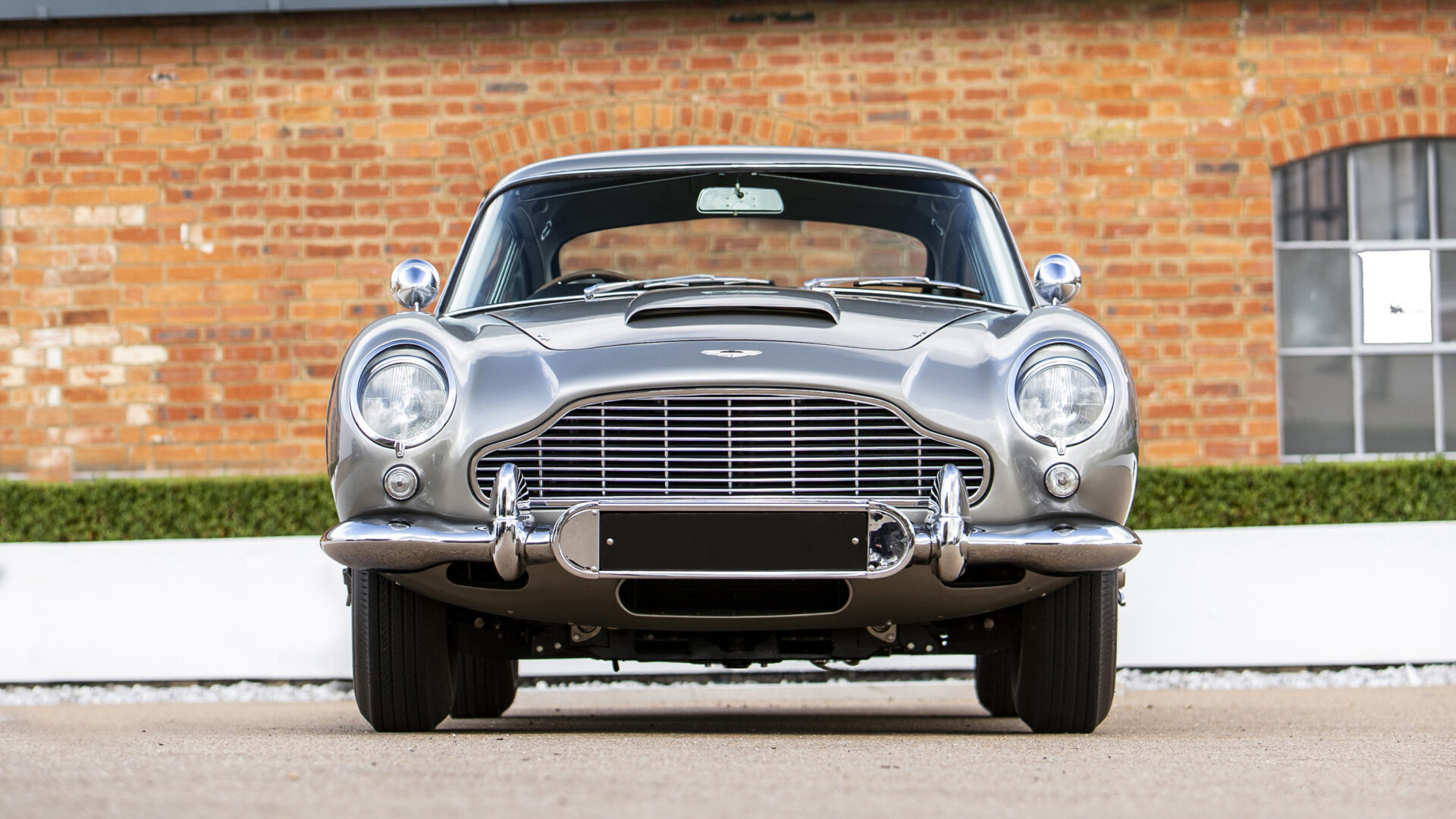
Many might know – or could perhaps easily guess – that Bentley, Ferrari, Lamborghini, Maserati, Porsche, and Rolls-Royce were named for their founders. But do you know the origin of Aston Martin?
Lionel Martin and Robert Bamford began building four-cylinder roadsters for hill climbs in 1913. Successes in the Aston Clinton Hill Climb race resulted in them adopting the Aston Martin name. The company produced small numbers of sports cars into the late Thirties, though Martin and Bamford had been bought out by then, succeeded by various owners until WWII.
Aston Martin cars had built a loyal following, so others saw rescuing a faltering firm as an appealing proposition. A pivotal company buyout came in 1947, when tractor-maker David Brown bought Aston Martin and another British marque, Lagonda. By the 1950s, Aston Martin series production cars wearing the “DB” prefix were powered by an inline-six-cylinder engine that had been designed for Lagonda by W.O. Bentley.
The first was the DB2; the DB3 was a racecar, and the DB4 was a sleek and modern GT with a body designed by Carrozzeria Touring in Italy. By this time, Aston Martins were using a new DOHC inline six-cylinder engine designed by the company engineer, Tadek Marek. A limited run of a lighter, higher-performance DB4 GT included just 75 cars and previewed the DB5’s Aston Martin’s frontal design. A collaboration with Italy’s Zagato yielded a run of 19 DB4 GT Zagatos and would produce more limited-edition cars down the road.
Racing success included Carroll Shelby and Roy Salvadori winning the 1959 24 Hours of Le Mans in an Aston Martin DBR1/300. Hand-built road car production remained low, and Aston Martin carved out its own niche among premium GT makers.
By 2020, Aston Martin was once again under new ownership, a consortium led by Canadian entrepreneur Lawrence Stroll. Former Mercedes-AMG boss Tobias Moers became CEO. In summer 2024, Aston Martin replaced CEO Moers with Adrian Hallmark, formerly CEO of Bentley.
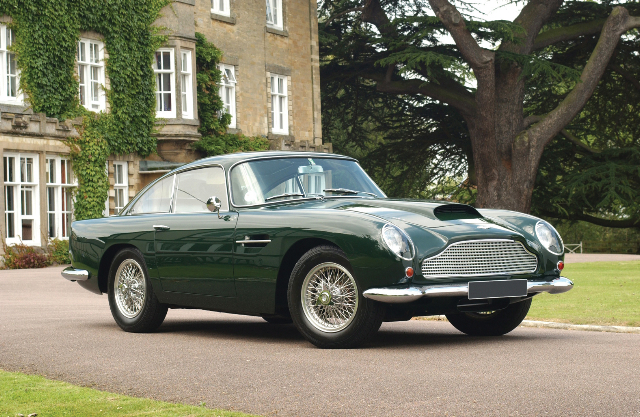
Current Aston Martin models: 2025
Vantage: Aston Martin thoroughly upgraded the Vantage for 2025, giving it a huge 128-horsepower increase over the 2024 model from an enhanced version of the 4.0-liter twin-turbo V8 sourced from Mercedes-AMG (now a spine-tingling 656 horsepower). It’s got even more torque than the V-12 previously offered in a limited run of the model. The exterior gets a minor but noticeable refresh, while the interior is essentially all-new. Pricing starts at under $200,000.
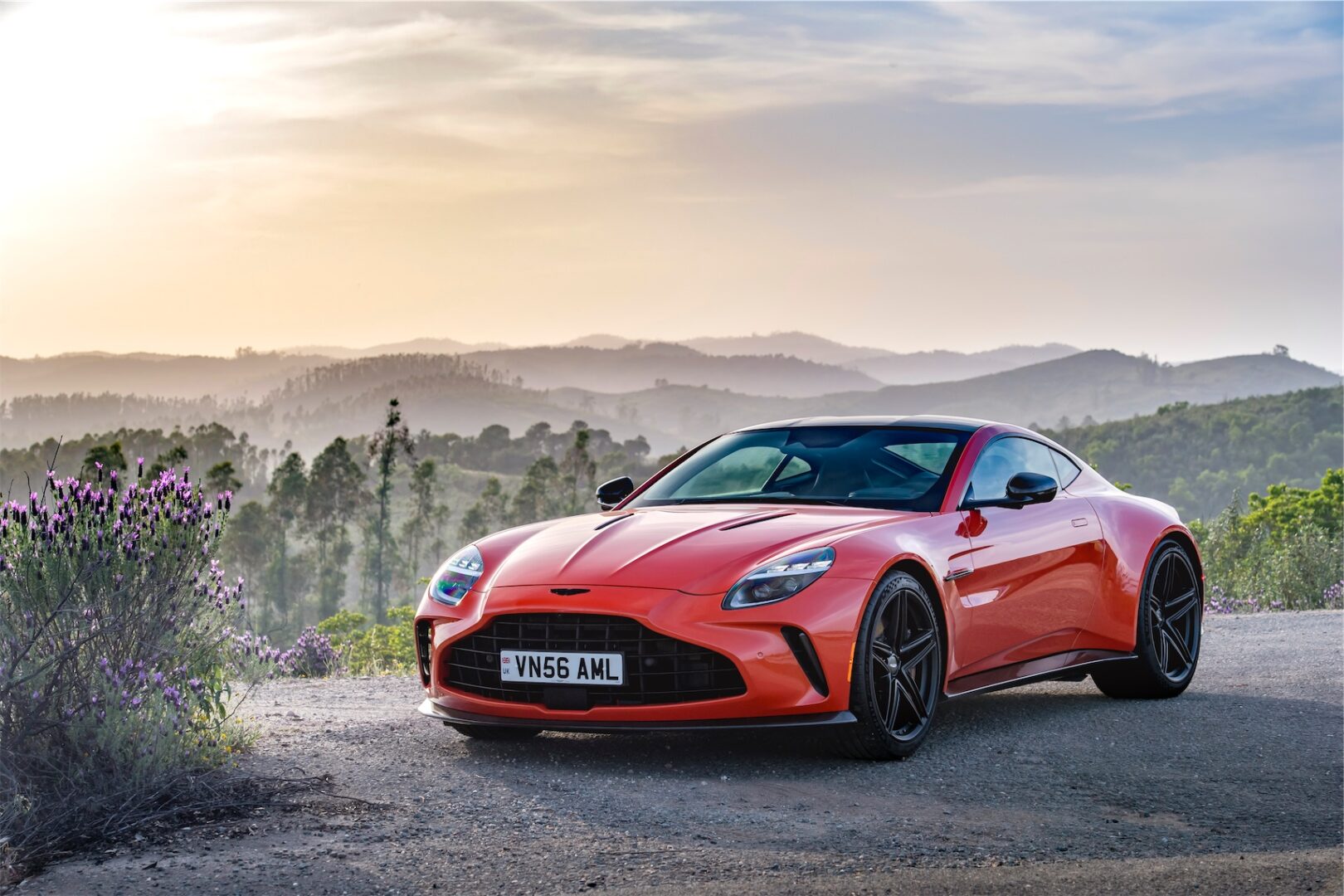
DBX: Aston Martin’s SUV is its best seller and is available only as the super-powered DBX 707 model. That number refers to the 707 PS output of the twin-turbo V8 from Mercedes-AMG, which translates to 697 hp for North America. You’ll note that’s 41 more than the same engine in the Vantage. Pricing starts at around $250,000 for 2025.
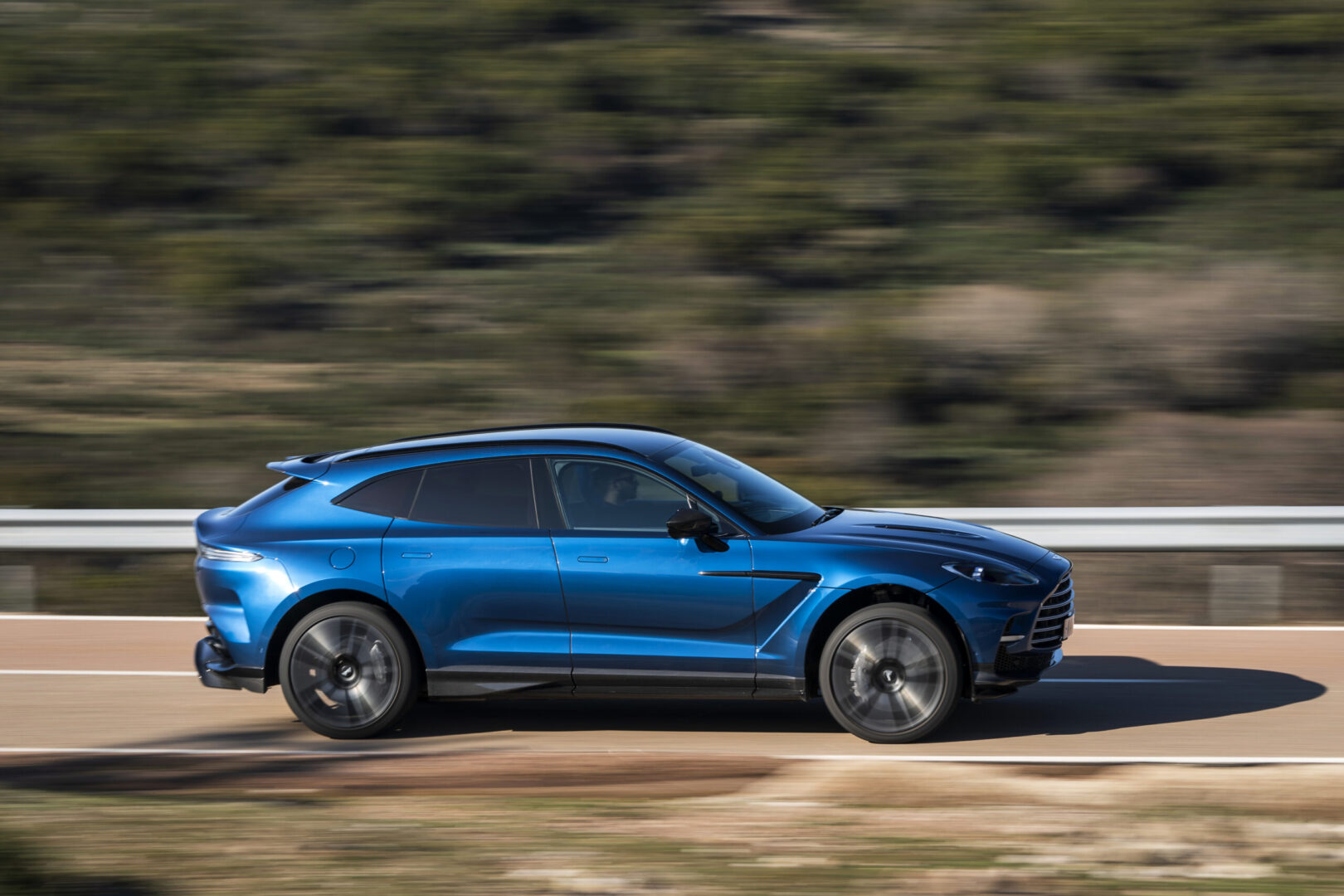
DB12: The successor to the amazing DB11, the DB12 is currently the “middle” car in the front-engine grand touring family. The twin-turbo 4.0-liter V8 is tweaked to 671 hp. The coupe starts at around $250,000. The DB12 Volante (convertible) might be about $15,000 more when it arrives.
Vanquish: New for 2025, the latest Vanquish takes the place of the departed DBS and is a major leap in every way. Based on the DB12, it’s just “more” of everything that makes that model so desirable. It is also one of the last three front-engine V-12 GTs still on the market, the other being the Ferrari 12cilindri. The new Vanquish starts at around $429,000.
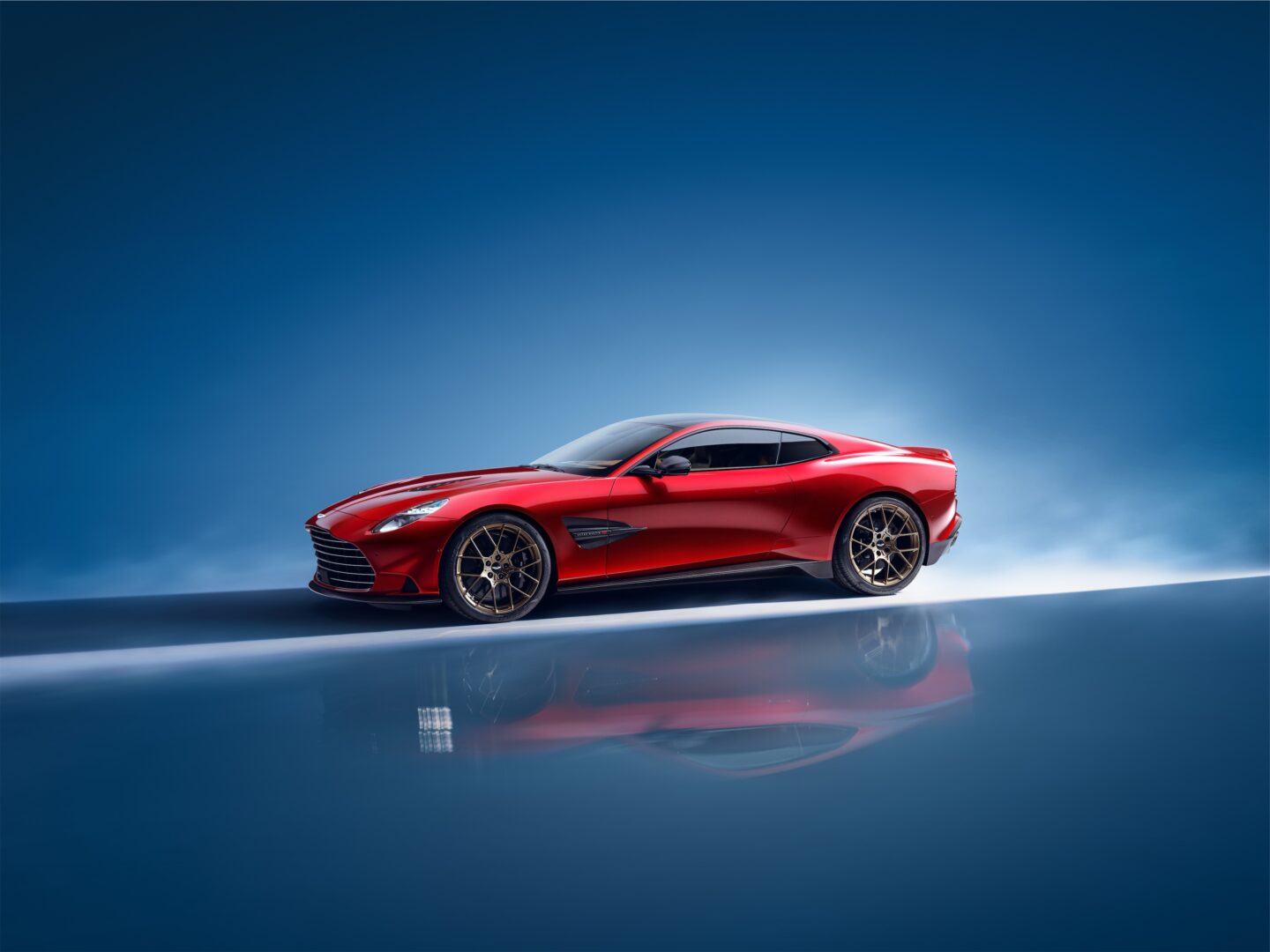
Valhalla: This mid-engine supercar, which is expected to appear by the end of 2024, had been under development for some time. The engine will be the AMG 4.0-liter twin-turbo V8 in a hybrid powertrain, with total output pegged at 998 horsepower. The reported estimated priced is about $800,000. Production will be limited to 999 cars, with competition incuding the Ferrari SF90 Stradale and Lamborghini Revuelto.
“It’s Bond, James Bond.”
Racing successes in the Fifties may have put Aston Martin in league with Ferrari and Maserati in the hearts and minds of enthusiasts, but it was a big-screen role that made the marque a household name around the world. In 1964’s “Goldfinger,” the third installment of the burgeoning James Bond film franchise, actor Sean Connery as British MI6 agent 007 drove a DB5 packed with lethal gadgets, including machine guns and an ejector seat.
That movie left a lasting impact, though Aston Martins were only sporadically seen in Bond movies for many years after that. After a few with BMW product placements, Aston Martin returned prominently by the early 2000s.
Aston Martin then made the fictitious movie character a significant part of its marketing. The company built a “DB10” model exclusively for use in a Bond film (2015’s “Spectre”); built a run of “Goldfinger” DB5 replicas; issued a special edition to commemorate the DBS briefly seen in 1969’s “On Her Majesty’s Secret Service,” and even named its customization division after the fictitious “Q Branch” that develops special weapons and gadgets for Bond in the movies.
The most recent Bond tie-in is a 2025 DB12 “Goldfinger Edition,” with 60 to be made. Changes from the standard DB12 are purely cosmetic, including matching the original movie car’s Silver Birch paint.
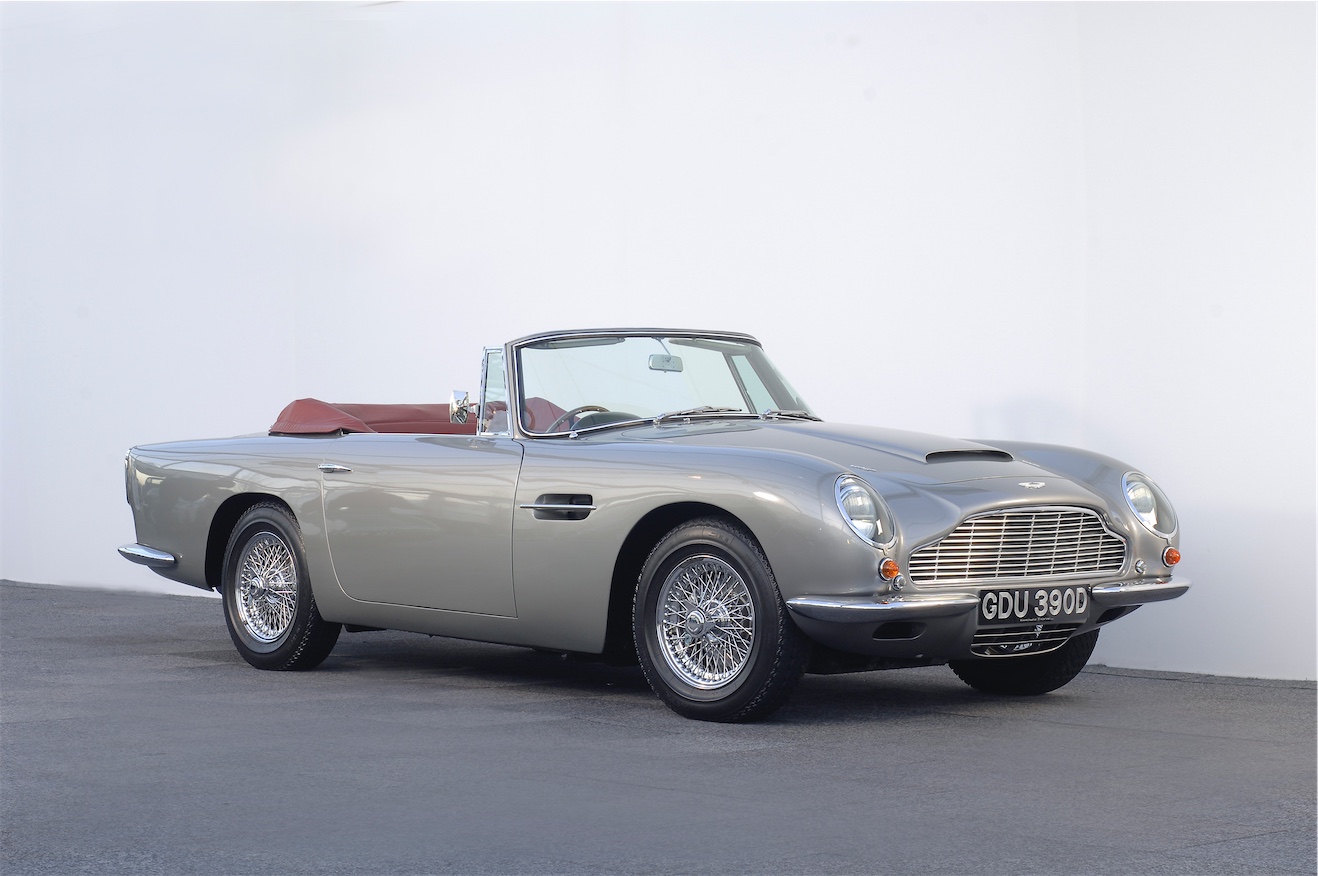
Back to Reality
The DB5 concluded in 1965 with a short run of convertibles called Volante. The slightly larger DB6 that succeeded it was built until 1971, even though its successor, the more modern DBS, had been introduced in 1967. When Aston Martin’s first V8 engine was ready, that model became the DBS V8. A restyle for 1973 became simply the AMV8, since David Brown had sold the company.
The AMV8 continued until 1989 and was succeeded by the Virage. The William Townes-designed 1976-1990 Aston Martin Lagonda sedan had a futuristic wedge shape; about 650 were made.
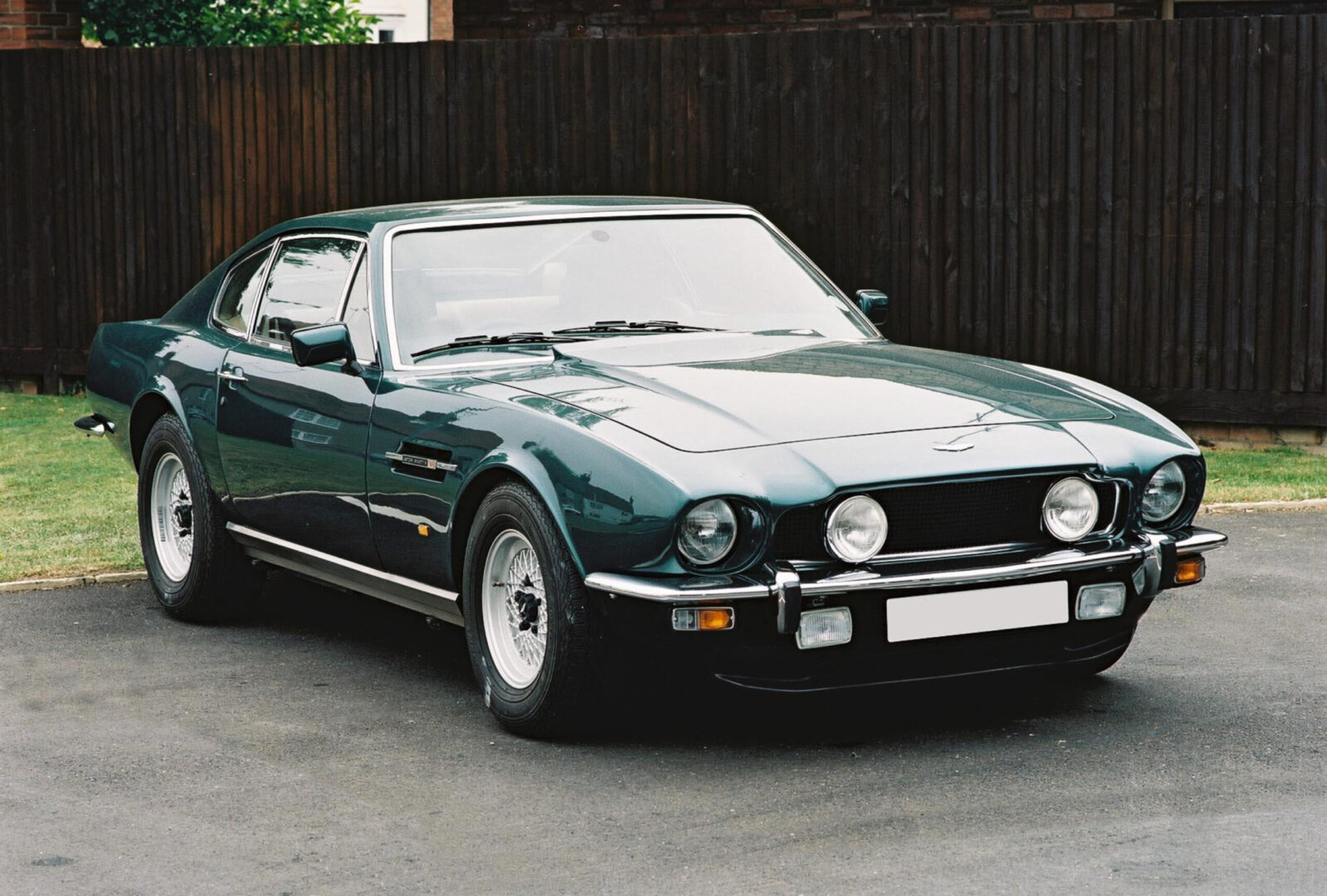
Rescued, Again
Aston Martin sold a 75-percent stake to Ford Motor Company in 1987, and the rest later. Ford also bought Jaguar, and a new Aston Martin DB7 model, based on Jaguar XJS mechanicals and using a supercharged inline six, arrived in 1994. The design by Ian Callum, who would later lead Aston Martin design for a time, set the tone for Aston Martin design for many years.
When DB7 production ended in 2004, more than 7,000 had been made, making it the most prolific Aston Martin to that point. The 2001-2007 V12 Vanquish was based on the DB7 and put Aston Martin back in the supercar game, and the 2004-2016 DB9 continued the momentum. Ford sold Aston Martin to an investment group in 2007.
A new four-door called Aston Martin Rapide borrowed its name from a classic Lagonda model and lasted from 2010-2020. In 2012, Aston Martin once again demonstrated its ability to produce rare special models with the carbon-fiber-body One-77. Per the name, just 77 were made.
Aston Martin was on a roll, later introducing the DB11 and Vanquish models. The DBS Superleggara, based on the DB11, arrived in 2019 with a 715-hp V12. The gorgeous second-generation Vantage debuted in the same year, powered by a Mercedes-AMG V8, and the DBX sport-utility entered production in July 2020. In 2023, the DB11 gave way to the DB12, and, based on that car, the 2025 Vanquish takes the place of the departed DBS and is a major leap in every way.
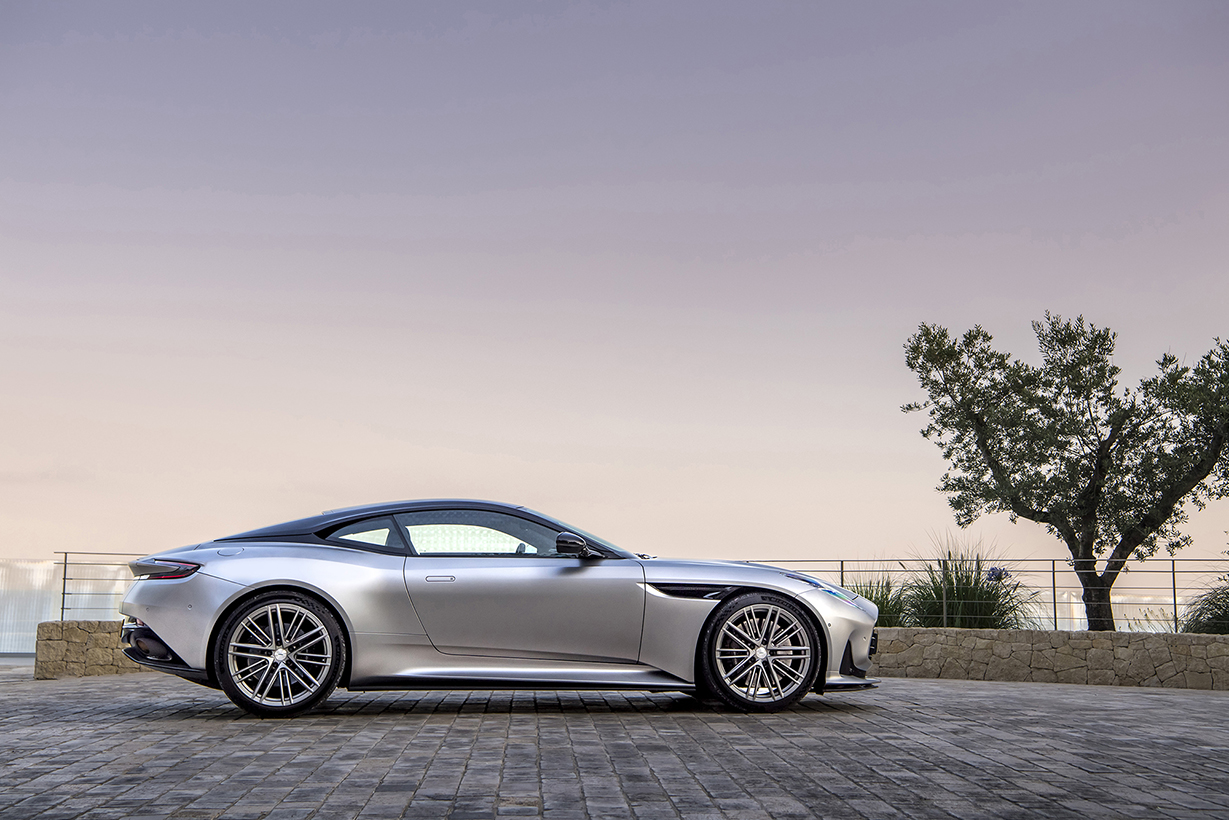
Leasing your Aston Martin with Premier’s Simple Lease
With Premier Financial Services as your partner, you can put a steady stream of new and classic model Aston Martins in your garage. Since 1997, Premier has written thousands of Aston Martin leases and has worked with independent and franchise Aston Martin dealers across the country. Our portfolio includes some great vintage and unique models, so contact us regarding your preferred model.
Premier Financial Services is not a licensed dealer and is not otherwise sponsored or endorsed by, or affiliated with Aston Martin Lagonda Global Holdings PLC.
